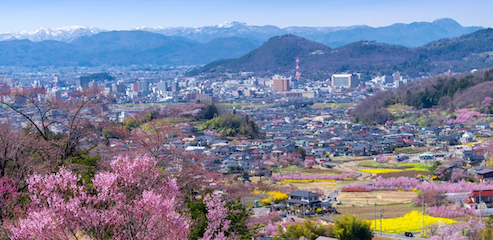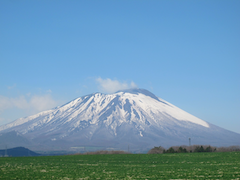
Tōhoku Region (東北地方, Tōhoku-chihō). Japan’s northeastern region encompassing six prefectures (Aomori, Iwate, Akita, Miyagi, Yamagata, Fukushima), is characterized by rugged coastlines, mountainous terrain, and a distinct cultural identity. This region, often considered Japan’s frontier, represents approximately 18% of the country’s total land area and serves as a vital agricultural and cultural heartland.
The Tōhoku region emerged as a distinct administrative and cultural entity during the Heian period (794-1185), when the imperial court established control over the northern territories previously inhabited by the Emishi people. The region’s name literally translates to “northeast,” reflecting its position relative to the ancient capital of Kyoto.
Throughout Japanese history, Tōhoku maintained a reputation as a remote, mystical land, inspiring countless literary works and establishing deep spiritual connections through its numerous temples and sacred sites.

Geographically, Tōhoku stretches from the Pacific Ocean in the east to the Sea of Japan in the west, featuring the Ōu Mountains running through its center.
The region experiences harsh winters with heavy snowfall, particularly in areas facing the Sea of Japan, creating ideal conditions for winter sports and unique architectural adaptations.
The Sanriku Coast along the Pacific features dramatic cliffs and numerous small fishing villages, while the western plains support extensive rice cultivation.
Tōhoku agriculture dominates Japan’s food production, contributing significantly to the nation’s rice supply and producing renowned specialty crops including Aomori apples, Yamagata cherries, and premium beef and nambu tekki from Iwate. The region’s pristine environment and traditional farming methods have earned international recognition for producing high-quality, sustainable agricultural products.
The region suffered devastating losses during the Great East Japan Earthquake and tsunami of March 11, 2011, particularly affecting the coastal prefectures of Miyagi, Fukushima, and Iwate. The Fukushima Daiichi nuclear disaster following the tsunami created long-lasting challenges for the region’s recovery and reputation. However, Tōhoku’s resilience and community spirit have driven remarkable reconstruction efforts, demonstrating the region’s enduring strength.
Culturally, Tōhoku preserves many traditional Japanese practices, including distinctive dialects, folk festivals, and crafts. The region hosts famous festivals such as Aomori’s Nebuta Matsuri and Sendai’s Tanabata Festival, attracting millions of visitors annually. Tōhoku hot springs (onsen) culture thrives throughout the mountainous interior, offering therapeutic experiences in natural settings.
Modern Tōhoku balances traditional industries with technological advancement, hosting major manufacturing facilities and research institutions. The region’s universities, including Tohoku University in Sendai, contribute significantly to Japan’s scientific research and innovation. Transportation infrastructure, including the Tōhoku Shinkansen bullet train line, connects the region efficiently with Tokyo and other major cities.
Tōhoku cuisine reflects the region’s agricultural abundance and coastal resources, featuring hearty dishes adapted to cold climates. Local specialties include kiritanpo (grilled rice sticks), fresh seafood from the Sanriku waters, and various preserved foods developed for surviving harsh winters.